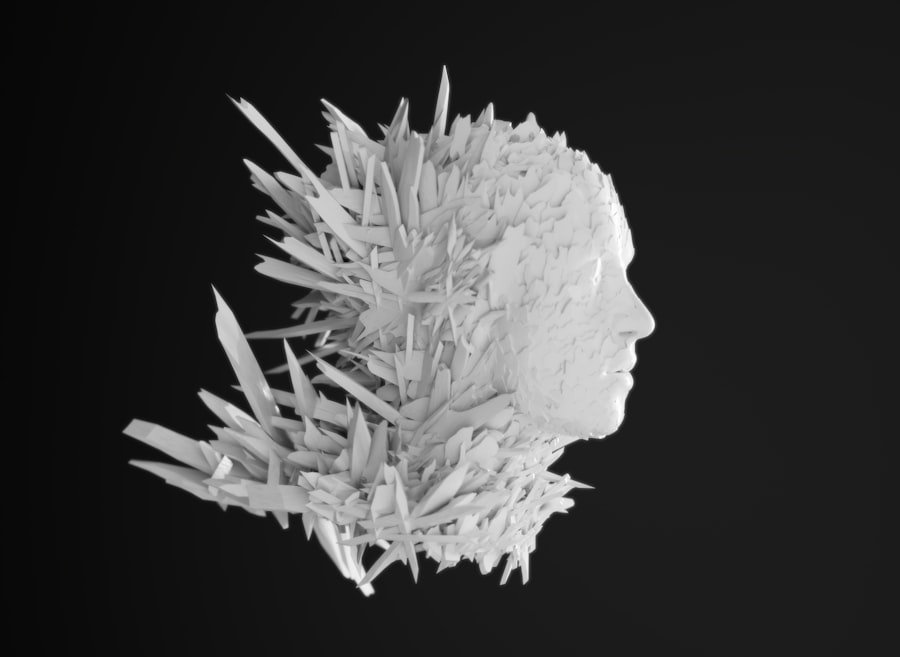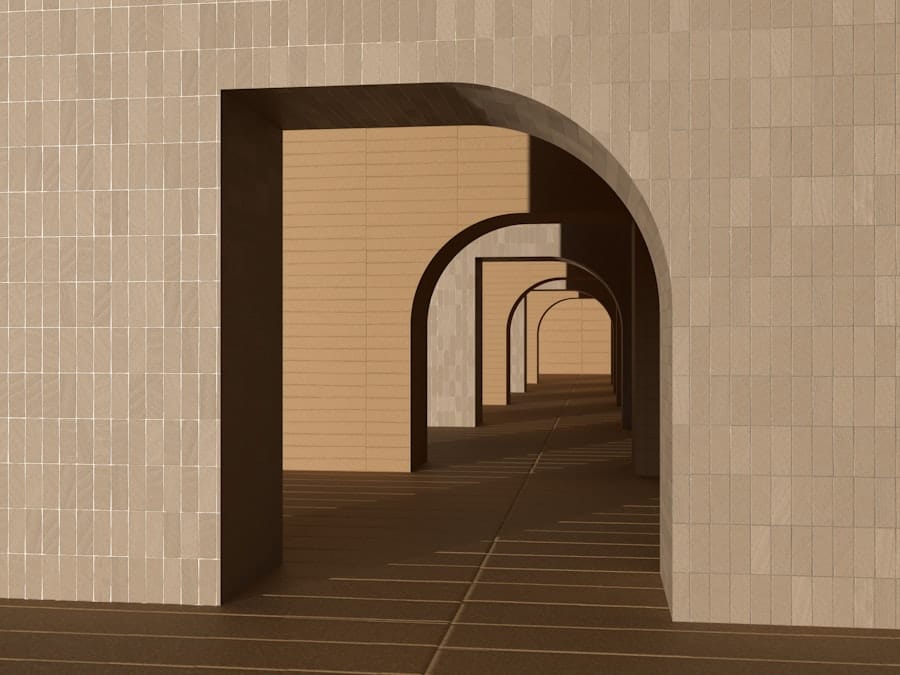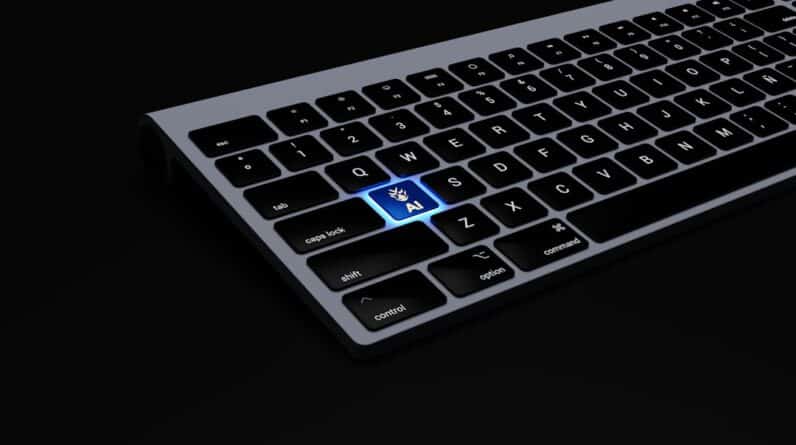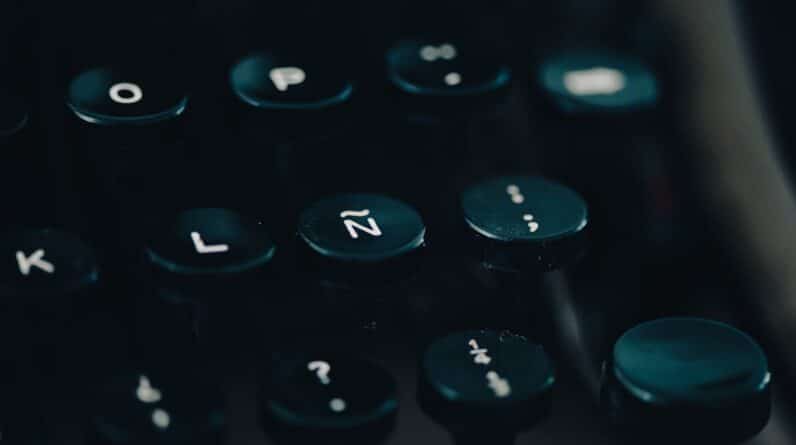As you delve into the fascinating world of archaeology, you may find yourself captivated by the stories that ancient artifacts and ruins tell. However, the field is not just about digging in the dirt; it is also increasingly intertwined with cutting-edge technology. Artificial Intelligence (AI) has emerged as a transformative force in archaeology, revolutionizing how researchers analyze data, discover sites, and interpret findings.
By harnessing the power of machine learning algorithms and data analytics, archaeologists are now able to uncover insights that were previously unimaginable. This intersection of technology and history opens up new avenues for exploration and understanding, allowing you to appreciate the past in ways that were once thought to be the realm of science fiction. The integration of AI into archaeology is not merely a trend; it represents a paradigm shift in how you can approach the study of human history.
With vast amounts of data generated from excavations, surveys, and historical records, traditional methods of analysis can be time-consuming and often limited in scope. AI offers a solution by processing and analyzing this data at unprecedented speeds, enabling you to identify patterns and correlations that might otherwise go unnoticed. As you explore this article, you will discover how AI is reshaping various aspects of archaeological research, from data analysis to site discovery, artifact classification, and even ethical considerations surrounding its use.
Key Takeaways
- AI is revolutionizing the field of archaeology by providing new tools for analyzing and interpreting archaeological data.
- AI plays a crucial role in analyzing large datasets, identifying patterns, and making predictions in archaeological research.
- AI technology has greatly enhanced remote sensing and site discovery by enabling the identification of hidden archaeological features and sites.
- AI has significantly improved artifact classification and reconstruction, allowing for more accurate interpretations of ancient objects and structures.
- AI is instrumental in predictive modeling and site preservation, helping archaeologists make informed decisions about the conservation and management of archaeological sites.
The Role of AI in Analyzing Archaeological Data
When it comes to analyzing archaeological data, the sheer volume can be overwhelming. You may find yourself sifting through thousands of images, measurements, and historical documents, trying to piece together a coherent narrative. This is where AI steps in as a powerful ally.
Machine learning algorithms can be trained to recognize patterns within complex datasets, allowing you to extract meaningful insights with remarkable efficiency. For instance, AI can analyze satellite imagery to identify potential archaeological sites or assess the condition of existing sites by detecting changes over time. Moreover, AI can assist in the classification of artifacts by comparing them against extensive databases.
Imagine having a tool that can instantly match a fragment of pottery to its historical context or identify similarities between different cultures based on their material remains. This capability not only speeds up the research process but also enhances the accuracy of your findings. By leveraging AI’s analytical prowess, you can focus on interpreting results rather than getting bogged down in data management, ultimately enriching your understanding of past civilizations.
AI’s Contribution to Remote Sensing and Site Discovery

Remote sensing has long been a valuable tool in archaeology, allowing researchers to survey large areas without extensive excavation. With the advent of AI, this field has taken a significant leap forward. You may be intrigued to learn how AI algorithms can analyze aerial and satellite imagery to detect subtle changes in landscape features that indicate the presence of archaeological sites.
By processing vast amounts of data quickly, AI can identify anomalies that human eyes might overlook, leading to the discovery of previously unknown sites. In addition to identifying potential sites, AI can also help prioritize which locations warrant further investigation. By analyzing factors such as terrain, vegetation patterns, and historical records, AI can create predictive models that guide archaeologists toward the most promising areas for excavation.
This targeted approach not only saves time and resources but also increases the likelihood of successful discoveries. As you consider the implications of these advancements, it becomes clear that AI is not just enhancing traditional methods; it is fundamentally changing how you approach site discovery in archaeology.
AI’s Impact on Artifact Classification and Reconstruction
The classification and reconstruction of artifacts are critical components of archaeological research. You may have encountered challenges in accurately categorizing items due to their fragmented nature or the sheer diversity of materials used across different cultures. Here, AI proves invaluable once again.
By employing image recognition technology, machine learning algorithms can analyze photographs of artifacts and classify them based on shape, size, and material composition. This automated process not only speeds up classification but also reduces human error, allowing for more reliable data collection. Furthermore, AI can assist in reconstructing damaged or incomplete artifacts using generative models.
Imagine being able to visualize what a broken vase might have looked like before it was shattered or piecing together fragments from different sites to create a more comprehensive picture of cultural exchange. These reconstructions can provide insights into ancient craftsmanship and trade networks that would otherwise remain obscured. As you explore these possibilities, you will appreciate how AI is not merely a tool for analysis but a means of bringing history back to life.
AI’s Role in Predictive Modeling and Site Preservation
Predictive modeling is another area where AI shines in archaeology. You may be aware that certain environmental factors influence where ancient civilizations chose to settle or build structures. By analyzing historical data alongside geographical information systems (GIS), AI can create models that predict where undiscovered sites are likely to be located.
This predictive capability allows you to focus your efforts on areas with high archaeological potential, maximizing the efficiency of your research. In addition to site discovery, AI plays a crucial role in site preservation efforts. As climate change and urban development threaten archaeological sites worldwide, predictive models can help identify which locations are at greatest risk.
By assessing factors such as soil erosion, flooding potential, and human encroachment, AI can inform preservation strategies that protect these invaluable resources for future generations. As you consider the implications of these advancements, it becomes evident that AI is not just about uncovering the past; it is also about safeguarding it for those who will come after you.
The Ethical Implications of AI in Archaeology

While the benefits of AI in archaeology are substantial, it is essential to consider the ethical implications that accompany its use. As you engage with this technology, questions arise about data ownership, cultural sensitivity, and the potential for misuse. For instance, who owns the data generated from archaeological sites?
How do you ensure that indigenous communities are involved in decisions regarding their cultural heritage? These questions highlight the need for ethical guidelines that govern the use of AI in archaeology. Moreover, there is a risk that reliance on AI could lead to a devaluation of traditional archaeological methods and human expertise.
While technology can enhance your work, it should not replace the critical thinking and contextual understanding that come from years of study and experience. As you navigate these ethical considerations, it becomes clear that a balanced approach is necessary—one that respects both technological advancements and the rich tapestry of human history.
Future Directions and Challenges for AI in Archaeology
Looking ahead, the future of AI in archaeology holds immense promise but also presents challenges that must be addressed. As technology continues to evolve, you may find yourself grappling with issues related to data privacy and security. The increasing reliance on digital tools raises concerns about how sensitive information is stored and shared within the archaeological community.
Ensuring robust cybersecurity measures will be crucial as you embrace these advancements. Additionally, as AI becomes more integrated into archaeological practice, there will be a need for interdisciplinary collaboration between archaeologists, computer scientists, and ethicists. You may find that fostering partnerships across these fields will lead to innovative solutions that enhance research while addressing ethical concerns.
The challenge lies in creating an environment where technology serves as an ally rather than a replacement for human insight.
The Promise of AI in Uncovering the Past
In conclusion, as you reflect on the role of AI in archaeology, it becomes evident that this technology holds tremendous potential for uncovering the past. From analyzing vast datasets to discovering new sites and classifying artifacts with unprecedented accuracy, AI is reshaping how you approach archaeological research. However, it is essential to remain mindful of the ethical implications and challenges that accompany these advancements.
As you continue your journey through archaeology, consider how embracing AI can enhance your understanding of human history while also preserving it for future generations. The promise of AI lies not only in its ability to reveal hidden narratives but also in its capacity to foster collaboration and innovation within the field. By navigating this exciting frontier with care and consideration, you can contribute to a richer understanding of our shared past while ensuring that it remains accessible for those who come after you.
AI in Archaeology: Unearthing the Mysteries of the Past explores how artificial intelligence is revolutionizing the field of archaeology by analyzing data and uncovering hidden insights from ancient artifacts. For a related article, check out AI in Humanitarian Aid: Using Technology to Assist Disaster Relief, which discusses how AI is being used to improve disaster response and relief efforts. This article highlights the potential of AI to assist in humanitarian crises and showcases the positive impact technology can have on society.
FAQs
What is AI in archaeology?
AI in archaeology refers to the use of artificial intelligence technologies, such as machine learning and computer vision, to analyze and interpret archaeological data. This can include the use of AI to process large datasets, identify patterns, and make predictions about past human behavior and societies.
How is AI used in archaeology?
AI is used in archaeology to assist with tasks such as site mapping, artifact classification, and data analysis. For example, AI can be used to analyze aerial imagery to identify potential archaeological sites, or to classify and catalog artifacts based on their characteristics.
What are the benefits of using AI in archaeology?
The use of AI in archaeology can help researchers process and analyze large amounts of data more efficiently, leading to new insights and discoveries about past human societies. AI can also help identify patterns and connections that may not be immediately apparent to human researchers.
Are there any challenges or limitations to using AI in archaeology?
Challenges to using AI in archaeology include the need for high-quality data for training AI models, as well as the potential for bias in AI algorithms. Additionally, AI technologies may not always be accessible or affordable for all archaeological research projects.
What are some examples of AI being used in archaeology?
Examples of AI being used in archaeology include the use of machine learning algorithms to analyze pottery styles and classify artifacts, as well as the use of computer vision to identify and map archaeological sites from satellite imagery. AI is also being used to analyze ancient texts and languages, and to reconstruct past landscapes and environments.






